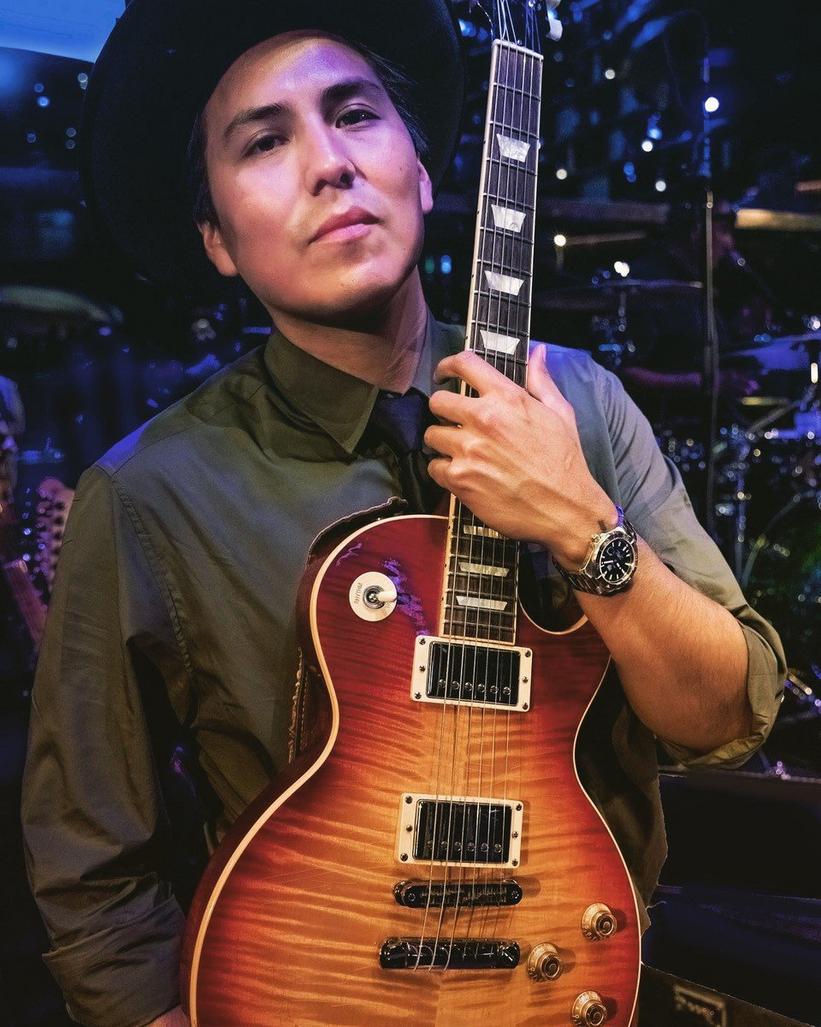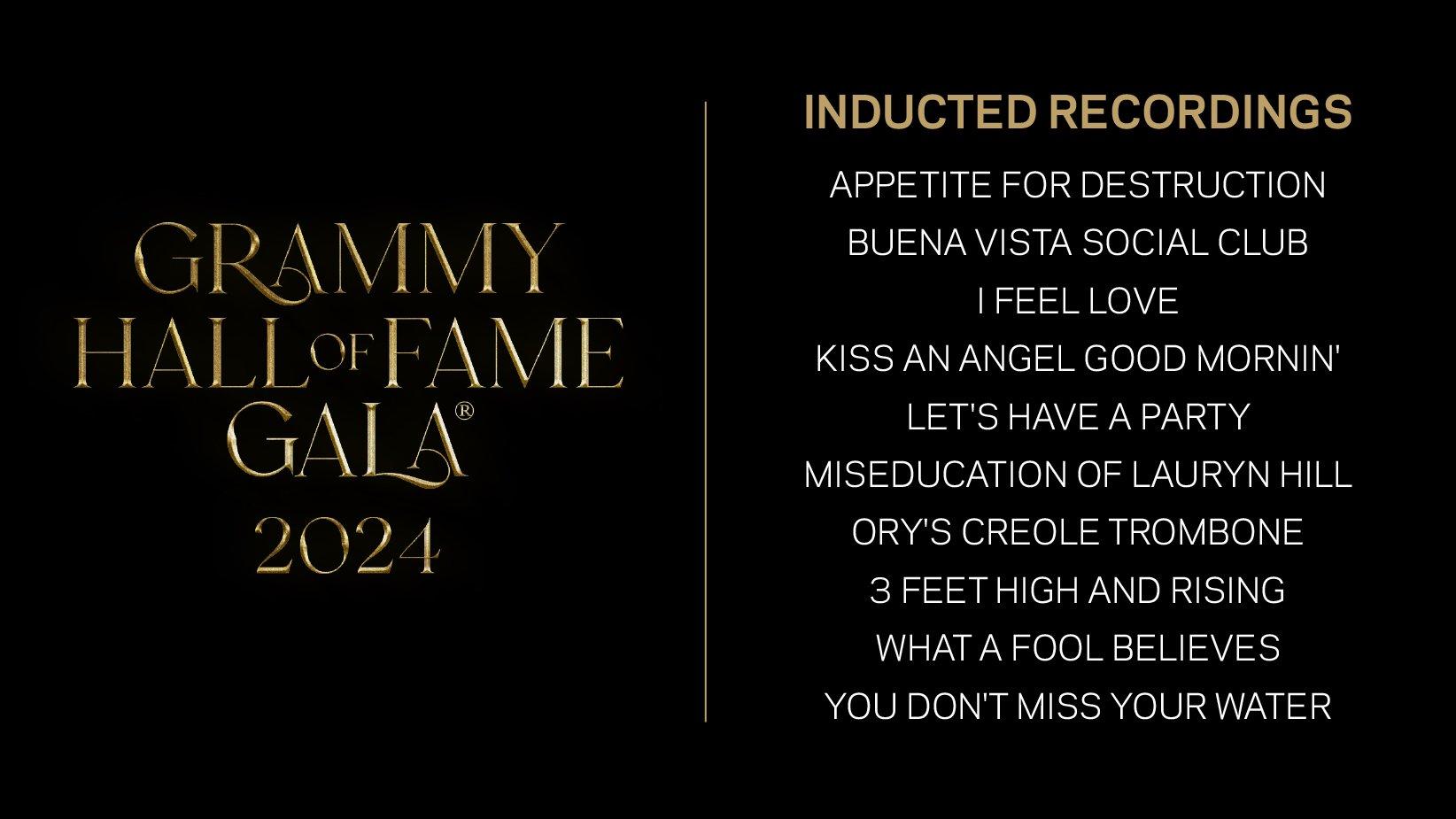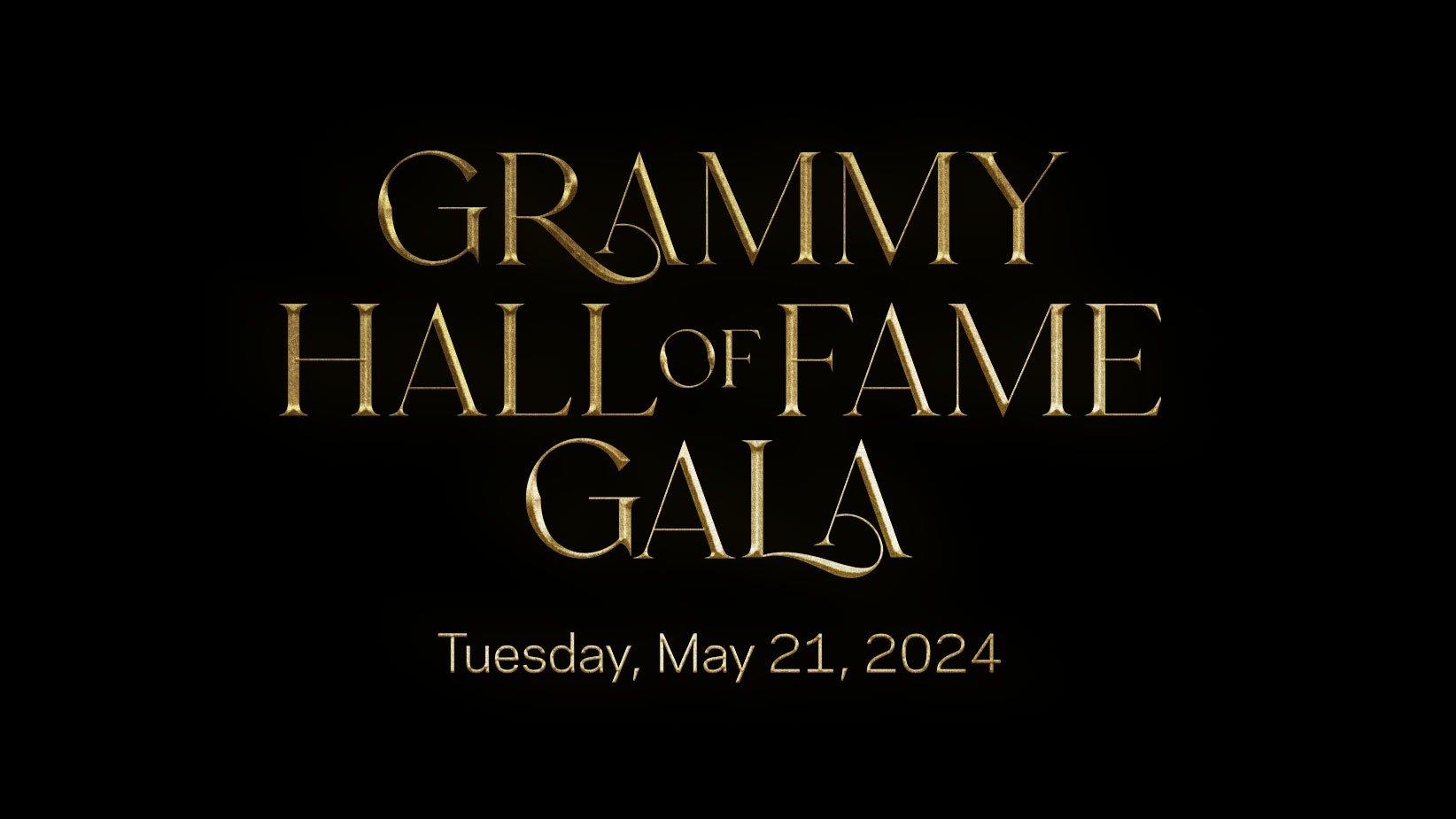Back in 2022, Levi Platero spoke to GRAMMY.com about his then-new album, Dying Breed. Two days later, a city bus slammed into his touring van.
The Arizonan blues-rock guitarist, who hails from the Eastern Agency of the Navajo Nation, was on a West Coast tour. After lunch in downtown Portland, kaboom: their van was totaled. When hearing about this close call, something poignant Platero had said came to mind.
"I just want to be able to keep going, man. Especially with blues music, you can kind of play forever," he expressed near the end of the interview. "Not to put down any other musical genres, but I can't see myself being a rap artist at, like, 60 or 70 years old. I can see myself being a blues-rock guy until the day I die."
Looking decades into the future, it's hard not to imagine Platero and his music being buoyed by the community he helped create.
An absolute burner on his instrument — behold Dying Breed highlights like "Fire Water Whiskey" and "Red Wild Woman" as examples — he stands with few others as a blues-rock great in the Navajo Nation. Or just one, in his estimation: Mato Nanji of the band Indigenous, who he affectionately calls "Big Brother."
Perhaps Platero — who's eyeing a new van, and getting ready to head back into the studio in late spring — will also inspire others in his wake. And the more he sings and plays, the more likely that outcome seems — that his "dying breed" will flourish forever.
Read on for an in-depth interview with Platero about his latest album, how Indigenousness inspires his artistry, and why he "doesn't want to be a superstar — I just love to play."
This interview has been edited for clarity.
Tell me about your background, and the musical community that brought you up.
I grew up in church. My dad was an evangelist. He went out, did things for the church and that kind of community. I would sometimes tag along, but I was getting involved with some of the worship leading and stuff like that. But my dad would write his own tunes, and he would make his own music later on. And I would go out and help him just play drums. I was just in the background area.
Later on, I started playing guitar, and listening to a lot of old gospel tunes and gospel hymns. That's where I got introduced to the blues. And after I learned about the blues, from then on, that's all I ever really listened to.
Now, a lot of things have changed. I'm out in the world doing my own thing and writing my own music about some things that I feel — not necessarily anything that has to do with the church community. But, that's where I got started.
What's your conception of the blues? To me, it's kind of like the word punk. It can be a certain way of playing power chords, or an entire state of being — an opposition to the status quo. Likewise, the blues can mean 12 bars, or the totality of human angst.
I think it's probably the rawest form of musical emotion that I can feel — that I've ever really felt for myself. But that's only my own opinion. That's my perception of it. I always hear a lot of people say that it's a little redundant, and it's kind of boring and whatnot. But for me, it's something that's just really raw, emotional, really straightforward.
And as far as the lifestyle, I mean, I would have to say that being a part of a blues community, I'm really [grounded among] people who are really respectful.
And the people who are respected the most are the people who generally [may] not have the most talent, but collectively, they're a great person — they have a great personality. They really enjoy one another's music, and they're really involved in the blues community where they help each other out, or they get each other's gigs, they sit in.
It's just this really friendly dynamic in that area. Rather enjoyable. I love it.
Living or dead, whether you know them or not, who are the guitarists that formed you?
I have to say my biggest influence was Mato Nanji from Indigenous. They were a Native American blues-rock group back in the day, probably in the early 2000s. They made a really good name for themselves in the blues circuit, and I [had] the opportunity to actually travel and open up for him and also join his band.
I really learned a lot from kind of hanging out with him and just being a part of his group. He's one of my biggest guitar influences and as a person — as a role model.
Otherwise — people who I have not met — I have to say, of course, Jimi Hendrix, Stevie Ray Vaughan. David Gilmour was a good influence. Doyle Bramhall II — little Doyle, big Doyle.
And then as far as in my community, back in Albuquerque, Darin Goldston — he plays for the Memphis P-Tails. He hosts the blues jam every Wednesday night. Whoever is upcoming and just wants to play some blues, they come out and jam. It's pretty awesome.
And, of course, Ryan McGarvey. If you don't know who that is, he's in the blues-rock circuit. He's a great guy — a pretty influential person.
With all those inspirations on the table, how did you start to develop your own voice on the guitar?
Just being well-seasoned, I guess. Just constantly playing over time. For some people, it doesn't happen right away, to find their own sound. With other people, they have to go through seasons and learn new things, until one day, they really become identifiable just by the first couple of notes they play.
I don't think it was a hard thing for me. I was just playing until it started becoming identifiable to some people's ears.
I'm sure specifically Indigenous influences must make it into your sound in some way.
Yeah, of course. I mean, those drum patterns, those drum beats — they're really similar to all that chain gang stuff they used to do back in the day. Those call-and-repeats and stuff like that.
Sometimes I try to incorporate that into some of the music I have. Indigenous influences are there, as far as jewelry and hats. Even as far as a little bit of graphic design. That stuff definitely makes its way into the fashion part, and the promotion.
Tell me what you were trying to artistically impart with Dying Breed.
I just wanted to put out an album, because I need to. I love writing my own music, and of course, the ultimate goal is to make music that inspires and reaches people — and also inspires Indigenous artists and people at reservations to go after whatever they want to go after.
Because it's like: yeah, there's education on the rez, but as far as outlets — fashion, music, art, film — some of those things don't make it as far as the reservation.
So, just being an Indigenous artist in itself — to be able to write and put out music like that, for others to hear — I guess that's kind of the ultimate accomplishment in what I'm trying to do. Just to keep inspiring people — inspiring my own people, natives all across the U.S.
**Can you talk about your collaborators on Dying Breed?**
That's actually kind of funny, because I'm doing most of the work on the album.
I did all the guitars. I did all the bass guitars. I did the lead vocals. My cousin [Royce Platero] did the drums. I only had my rhythm player [Jacob Shije] play on, like, two tracks, and he was only doing small-fill guitars and that's it. I had a good friend of mine named Tony Orant come in and play keys on two of the songs as well.
As far as all the songs go, I wrote all of them. I composed everything. I came up with the arrangements and the core progressions. I mean, it's all mine.
One of my favorite people and producers right now, a sound engineer who helped me with the album: his name is Ken Riley and he's based out of Albuquerque. He has a really beautiful and awesome old adobe recording studio, right by the Rio Grande. It's called Rio Grande Studios. He's kind of a legend. He's worked with so many artists and still works with big-name, major artists.
I think he recently just worked on Micki Free's album. He worked on a couple of songs with Santana and Gary Clark Jr. Christone ["Kingfish"] Ingram. He works with some heavy hitters, and I approached him. I was introduced to him by a friend of mine named Felix Peralta. He told me to meet this guy and said, "You need to do your next record here."
So, we finally got to meet, me and Ken, and it just kind of went from there and everything came out really good. I really enjoy this record. It's probably my favorite one that I've done so far.

*Levi Platero. Photo: Jacob Shije*
Are there any other Indigenous musicians in the blues and/or Americana world that you want to shout out in this interview?
Foremost, as far as blues guitarists: I have to give a shout-out to my — I call him Big Brother. Mato Nanji, and that means "standing bear." He's a big role model, and probably the only other Indigenous blues-rock guitarist out there besides me who is trying to do it.
Anything else you want to mention before we get out of here?
No, I just want to keep playing. I just want to keep doing this — meet more people, keep expanding. I don't want to be in some crazy-a— limelight. I don't want to be a superstar. I just love to play. I just want people to enjoy my music and come vibe at the shows. That's it.
America Has Birthed A Wealth Of Musical Forms. These Indigenous Artists Want To Know Where They Fit Into Them.




